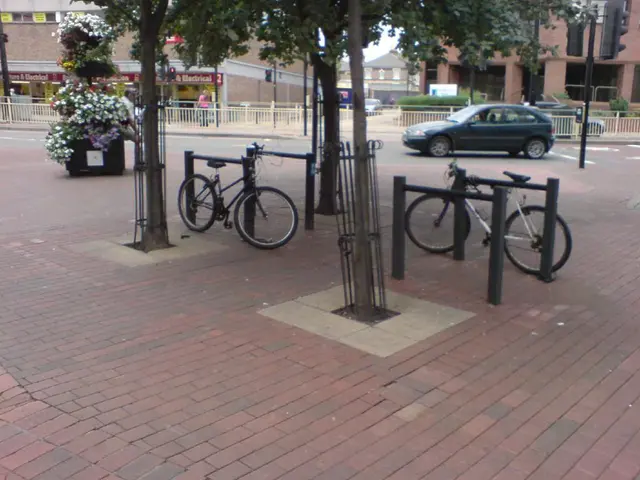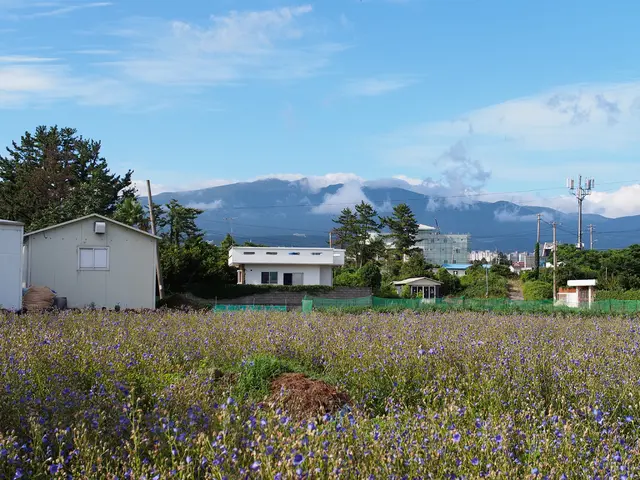Renovating Sobieski Forest in Warsaw, in conjunction with Sungrow, on the 16th of April, 2025
In the heart of nature lies Sobieski Forest, a vibrant and diverse ecosystem that thrives on balance and harmony. However, like many forested areas, Sobieski Forest faces a persistent challenge: litter.
Litter poses significant dangers to the forest ecosystem. Animals may mistake litter for food, leading to ingestion of toxic materials or choking hazards, which can cause injury or death to forest fauna. Litter can also introduce harmful chemicals into soil and water, negatively affecting plant health and contaminating habitats critical for diverse species.
Moreover, debris can obstruct plant growth, alter soil composition, and inhibit the decomposition cycle, which is vital for nutrient recycling in a forest. Accumulated litter, such as plastic or paper, can even increase the risk of forest fires, especially in dry conditions.
Litter in the forest spoils the aesthetics of the landscape, and before setting off on the forest paths, the atmosphere was full of enthusiasm. However, the forest regained its natural splendour following a clean-up action. On 16 April 2025, a clean-up action was organized in Sobieski Forest, with Sungrow employees participating in the effort. The team collected abandoned rubbish in 15 large bags during the action.
The clean-up action served as a reminder that each individual has an impact on the space in which they live. A short organizational meeting was held before the action, during which protective gloves, waste bags, and collection routes were distributed and planned. The participants were eager to share their ideas for improving the environment during the clean-up action.
Litter attracts unwanted insects, which can disrupt the balance of the local ecosystem. Decomposing litter releases toxic substances into the soil and groundwater. Plastic packaging and bottles can take a long time to decompose, posing a long-term threat to the forest's health and the health of our planet.
Forest animals, such as birds and mammals, can get caught up in discarded items, leading to death or serious injury. Keeping the forests clean is not just about maintaining their natural beauty; it's about preserving the forest’s ecological function and ensuring a safe environment for animals and plants.
In conclusion, the importance of keeping Sobieski Forest clean cannot be overstated. By taking action against litter, we are not only preserving the forest’s natural beauty but also safeguarding its long-term health and biodiversity. Each individual has a role to play in this effort, and every small step towards a cleaner forest contributes to a healthier planet.
Science and environmental-science revel in the balance and harmony of Sobieski Forest. Nevertheless, the persistent challenge of litter disrupts sustainable-living practices, threatening the lifestyle of home-and-garden enthusiasts and endangering wildlife habitats. It's crucial to consider our impact on the space we inhabit, as the health of the forest directly influences that of our planet.






